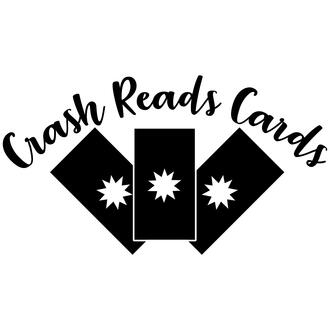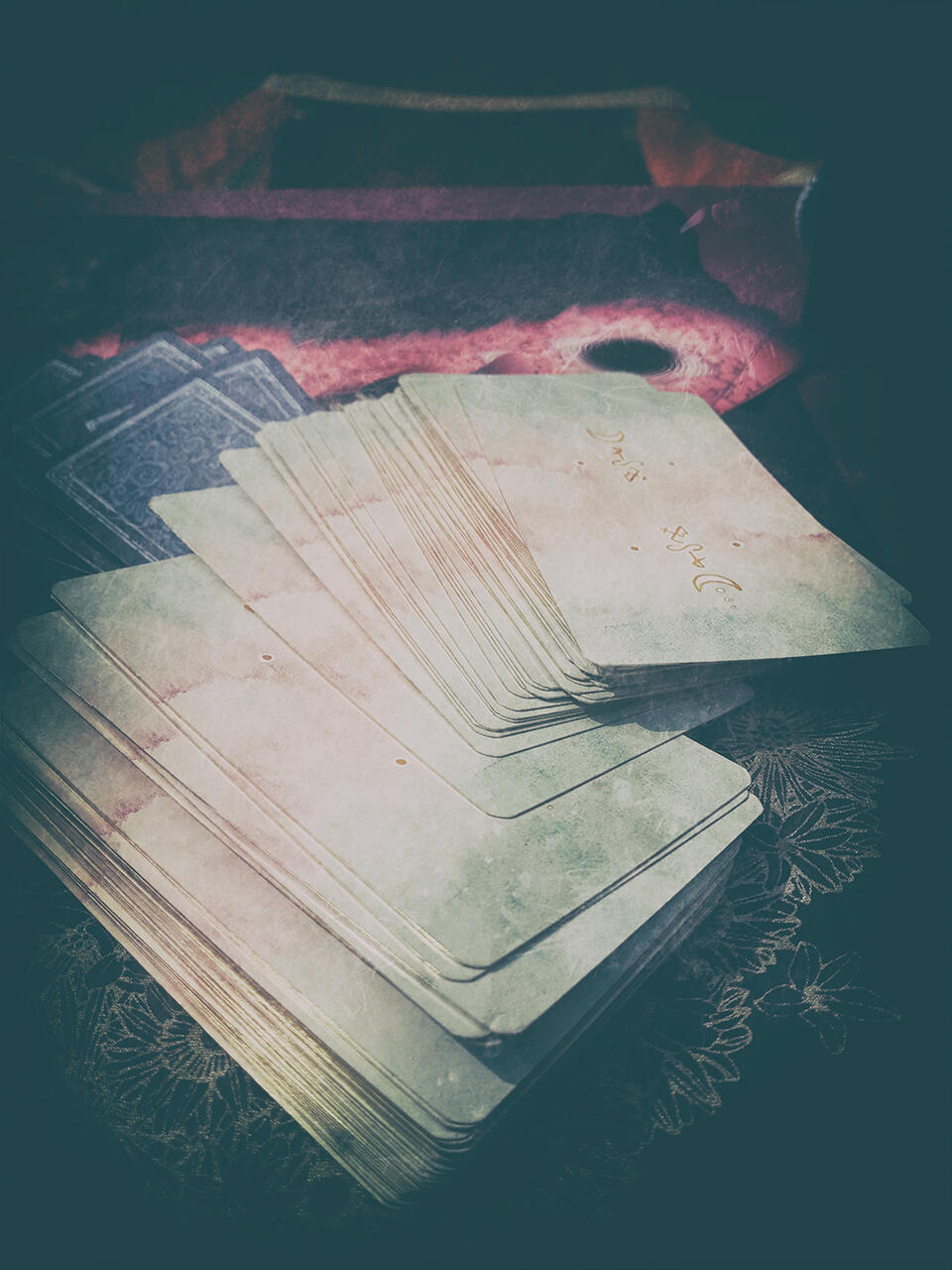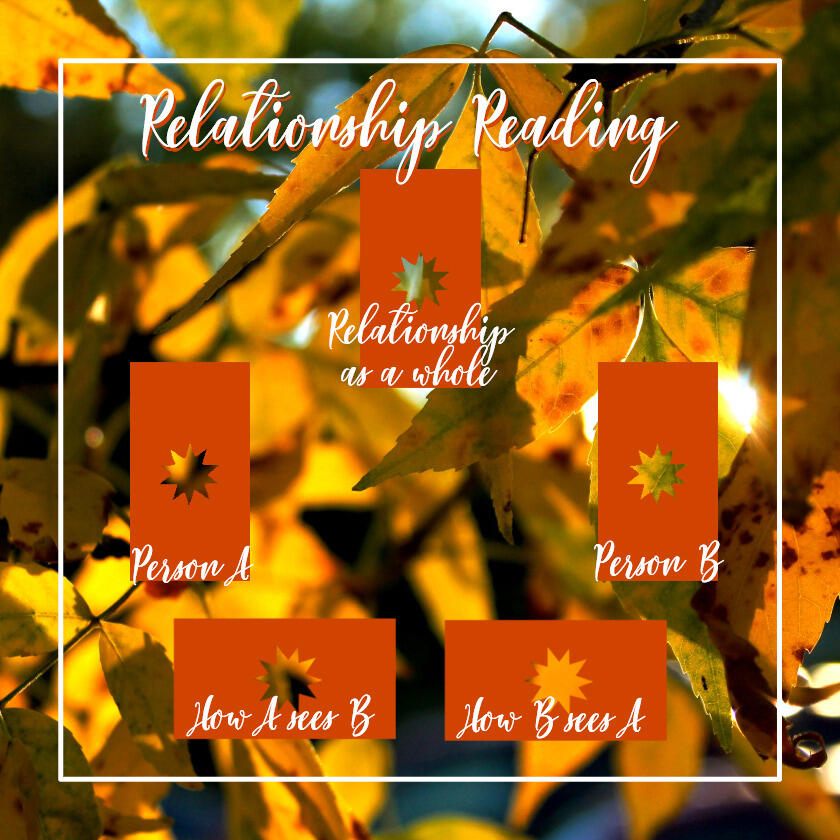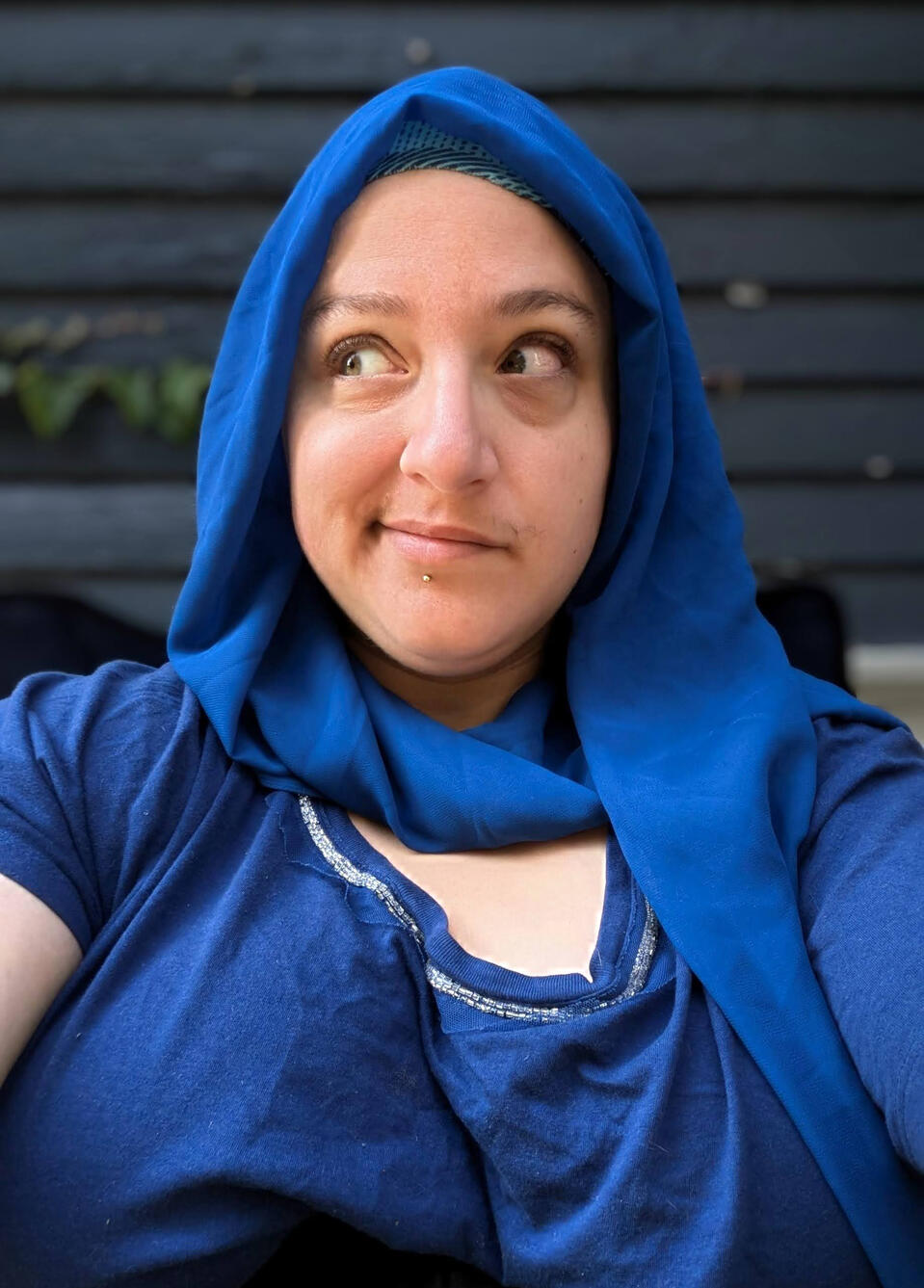
Crash Reads Cards
Crash (they/them) is a queer & trans Tarot reader, witch, artist, and spiritual seeker living on Očhéthi Šakówiŋ (Dakota Sioux) & Ojibwe/Anishinaabe land in what's now called Minneapolis, MN. Their drinking water currently comes from the Mississippi River.
My next in-person event is Sunday, June 22, 1pm to 5pm at Bloomington Pride!Bloomington Civic Plaza
1800 W Old Shakopee Rd
Bloomington MN
The original rainbow Pride flag had aspects of Queer life asociated with each colors. Mix and match your favorite colors or aspects for a personalized reading, or get the whole flag!Trans folks and queer BIPOC pay what you can for asynchronous version of this reading! If you're looking for the discount code to pay less than the shop minimum, email me and I will send you the code!
More About Tarot

What is Tarot?
Tarot was originally a card set made for various card games. In the 1700s, people started using them as a tool for divination, which means seeking knowledge about the future or the unknown. The playing cards and divination decks then diverged and became two separate things.While it is possible to find playing card Tarot decks still, divination decks are more widely available and well-known..Are all decks the same?
Not exactly so, but many of them are very similar on purpose. Most people use decks based on the deck made by A. J. Waite and Pamela Coleman-Smith, published by the Rider company in 1909. This is often referred to as the Rider-Waite or Rider-Waite-Smith deck. There are 22 Major Arcana cards and 56 Lesser Arcana cards, divided into the suits of Cups, Wands, Swords, and Pentacles. (In the playing cards and some divination decks, wands are referred to as staves or batons, and pentacles as coins).RWS is in the public domain in much of the world now, including the US and the UK, so these are likely the images you've seen in Tarot merchandising in passing.In 1943, Aleister Crowley and Frieda Harris published the Thoth Tarot (pronounced differently in places, but commonly th-oath to rhyme with both), which had an emphasis on sacred geometry and appropriated more directly from Jewish mysticism and ancient Egyptian symbology. It has the same suits and Arcana division as the RWS and similar card names.There are also Lenormand decks, which are named after a famous French cartomancer (card diviner) Anne Marie Lenormand after her death in 1843. Lenormand decks have 36 cards with distinct meanings.The last type of deck is not actually a Tarot deck, which refers mostly to RWS/Thoth's structure and themes, but often called an oracle deck. This is any other type of card deck used and designed specifically for cartomancy. Often these have themes like angels, animals, or herbs and plants..Why get a reading?
People read and get readings for all kinds of reasons. Some people use readings to get advice or guidance, either from the reader or outside forces. Some use it as a tool to think and work through a problem. Sometimes people want to try and glean unknown or inaccessible information, like events in the future or unknown influences on their lives. I've even used Tarot to help me plot and plan fiction stories.Each reading will be different, and depends a lot on what the reader is skilled and comfortable with, and what the querent (question-asker, or the person being given the reading) is looking for.Often people use Tarot as a jumping off point for self-reflection and journaling as well..What can Tarot tell me?
Tarot can help you look at a lot of things—current problems, past influences, emotional blocks. It can help you choose what to focus on in a project or what kind of mood you can expect from an event. It does better with open-ended questions. So, instead of drawing one card to answer the yes/no of "should I buy this car?" it may be better to draw several. Perhaps one for "What are the pros of buying the car?", one for "What are the cons of buying the car?", and a third for "What is something about the situation I am not seeing?"It's important to remember that cards are, at the end of the day, only cards. Everything read in the Tarot should be taken with a healthy grain of salt or skepticism, and you should never feel "doomed" by a reading. Often, highly negative or turbulent cards in a reading are calling out likely results if things don't change or important choices are neglected..What does a reading look like?
Simply put, a question is presented and cards are pulled from the Tarot deck to answer those questions.In practice, a lot of readers use spreads, or specific layouts of card positions for specific questions or situations. A simple spread would be three cards, one for the past, one for the present, and one for the future. Each card would be read in the context of that period of time.A more complicated spread may be ten cards or more, all standing for a different aspect of a problem or question, and the themes between them may interact or influence each other's meaning.Readers will walk querents through each card, how they connect, and what the overall message is for a spread. This is often done in person or over video, but readers can also write these things out and send the text to a querent..Are there spirits or outside influences involved?
Not inherently! Tarot is not automatically connected to any powers or spirits. If you buy a Tarot deck at a local shop or even on Amazon, they're just cards.Some readers work Tarot into their spirituality or religion. They read with the idea that their deities, spirit guides, ancestors, or others are guiding them and the cards throughout the reading process. Also, some querents could ask for readings or come with questions that involve those things. Readings could, in theory, be done to connect with ancestors, ask about ghosts haunting a space, or identify a deity they believe is communicating with them in their spiritual practice.The specifics on whether the practice of reading cards is spiritual or secular will vary from person to person! If this is important to you, ask your potential reader about it.
Get a Reading
If you're interested in getting a reading, you're in the right place! I offer several different readings for several different purposes. You can see details below and click their "GET A READING" button to be taken to my Ko-Fi store page!
Celtic Cross Reading

This is a ten-card reading that is great for first-timers and people who don't have a specific question, but just want a general overview of their current place in life.The Celtic Cross is versatile though, and can be read to focus on specific information.The card positions are:
1. Your Current Position
2. Current Challenge
3. Goal or destiny
4. Influences from your farther past
5. Recent past events or influences
6. Upcoming future influences
7. Your present attitude
8. Environmental influences around you
9. Your inner emotions
10. Most likely outcome
"Get Your Project Working" Reading

This spread is based on the 8 of Pentacles, where a craftsperson is diligently finishing the last piece in a set. The goal of this reading is to help you see how to finish your project and overcome your creative or intellectual road-blocks about it.This can be for a creative project, a DIY house renovation, or something big at work. The suit of Pentacles deals primarily with things in the physical world, so the focus of this reading is real, applicable advice you can use.The card placements are:
1 - What should I focus on in this project?2 - What should I put down when working on this?3 - What themes should I keep within reach?4 - Recent influences to include5 - What skill do I need to refine or learn to finish this?6 - What's the central purpose?7 - What can motivate me to work on or finish this?8 - What should I keep at the top of my mind while working on this?
Relationship Reading

This reading is designed to help you get a better look at a relationship in your life. It can be romantic or platonic, personal or professional--any connection between two people can be used.I also designed this spread to be adaptable to polyamorous relationships, and other relationships with more than two people. New connections can be added with no trouble, just a small surcharge.The card positions in this reading are:
1 - Person A
2 - Person B
3 - How A views B
4 - How B views A
5 - the relationship as a whole
Three-Card Reading Options
Three-card spreads are quick and versatile, offering some insight on a particular topic or problem. Each card in a three-card spread stands for that element in the spread. You'll get a description of the meaning of each card, how they relate to their placement, and how they relate to other cards, as well as a summary of the spread taken as a whole.Three card reading options are:• lesson - learning - blind spot
• past - present - future
• stop - start - continue
• mind - body - spiritPLEASE MAKE SURE TO SPECIFY YOUR READING TYPE IN THE CONTACT FORM YOU'LL RECIEVE UPON PURCHASE. There's a dropdown menu to pick your specifics!
About the Witch

Hi, my name is Crash, my pronouns are they/them, and I've been reading Tarot casually since 2013 and more seriously since 2016. I've been interested in witchy things since I was a young teenager, but didn't get a chance to practice until I was in my early twenties. Since picking up an eclectic, agnostic, and largely secular craft, some of my favorite things have been cartomancy (divination by cards), knot magic, and protection tokens—charms, talismans, and amulets.Since acquiring the first deck I could read without a guide open in 2016 (The Raven's Prophecy by Maggie Steifvater), I've accumulated a small collection of Tarot decks as gifts, trades, and hand-me-downs. I've also found that I enjoy reading, and that I'm good at it. It's something that I really resonate with. Unlike modern capitalism, neurotypical society, and the overhead light.My readings have been described as "scary accurate," "intense," and "idiomatic." I think of myself as unconventional, and maybe a tiny bit irreverent. I still have the Raven's deck and it still smells like some kind of fruity beer someone spilled on it during a wilderness trip in 2019.Right now my favorite deck to read with is Welcome to Night Vale's Hayworth Tarot, my favorite incense smell is sandalwood, and my favorite material to use in witchcraft right now is spell and intention oils.When I'm not reading cards, I'm spending time with my family, listening to too many podcasts with interrelated hosts, or petting the many dogs in my house or cats in my heart,
Deck Options
The Raven's Prophecy by Maggie Steifvater
The Numinous Tarot by Cedar McCloud
Welcome to Night Vale Tarot by Jessica Hayworth
Prisma Visions Tarot by James R. Ead
The Wild Unknown Tarot by Kim KransCrystalstruck by Moonstruck Crystals







